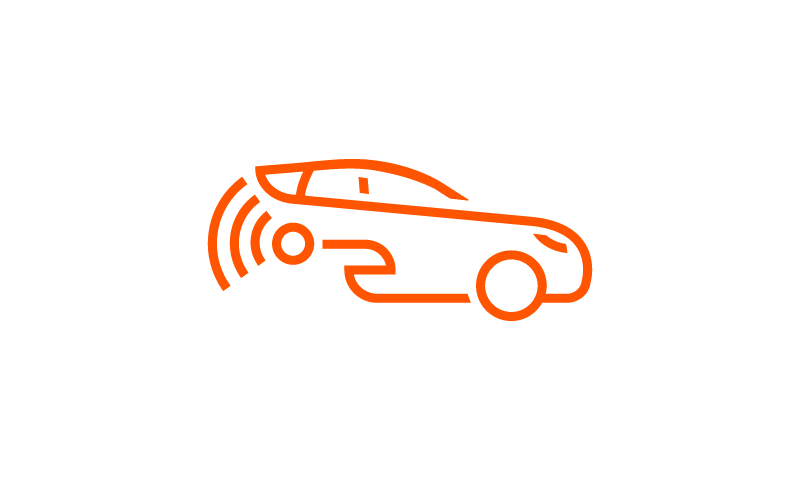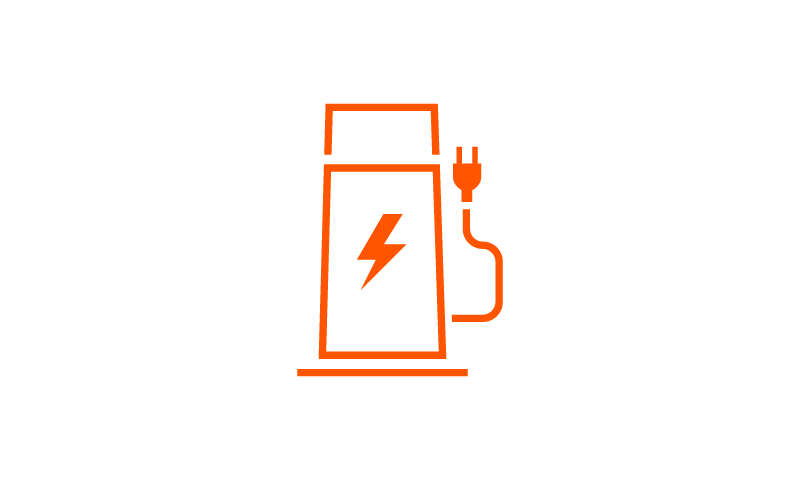China Electric Vehicle and Battery Equipment Industry
Hi, I am Bingyao, investment analyst covering materials and real estate sectors. Electric vehicle (EV) sector saw a fast growth in the last five years, which boosts the demand for EV battery equipment. China has become the largest producer with the top two players of Wuxi Lead and Shenzhen Yinghe. Naturally, people come up with the question why Chinese makers are leading. Today we would like to firstly give a brief introduction of EV battery equipment industry in our EV series.
What is EV battery equipment?
A typical EV battery production line consists of three parts: front-end equipment of mixing, coating, rolling and slitting machines, middle-end of winding/stacking, assembling, tab welding, electrolyte filling and sealing machines, and finally back-end stage of formation, aging, grading and testing systems.
Why Chinese makers are leading?
Front-end equipment is sort of similar to commodity with less entry moat in technology, while middle-end and back-end equipment are indeed involved with know-how to improve production efficiency, yield and accuracy. However, it is not very challenging high-tech or unachievable confidential.
What really matters is cost, or EV battery capital expenditure, which plays a vital role in battery makers’ cost control. Generally, cost matters sometimes even more than technology innovation in massive production, as long as no new technology significantly helps with cost cut. Raw materials accounts for roughly 85% of the whole production cost and labor for high single digit percent1. Obviously, plentiful metal products in China, for example, printed circuit board (PCB), capacitance and sensor, are cheap endowment to Chinese manufacturers. In addition, average manufacturing labor cost is only US $12k per year and annual compensation to engineers could be as low as to US $28k2. Both are very competitive compared to developed countries.
What’s more, EV battery industry clusters in China also help with Chinese equipment makers’ leading position. Companies including CATL, Gotion, EVE energy and BYD account for over 75% of global EV battery capacities. Compared to Korean or Japanese peers, Chinese battery equipment makers are much closer to downstream demand, to promptly respond and upgrade products, improve production yield, and save costs due to economy of scale and shorter logistics distance.
In conclusion, global EV sales growth supports long-term booming of EV battery and battery equipment industries. Chinese EV battery equipment makers are the key beneficiary as a result. They built up their competitiveness thanks to cheap raw materials, manufacturing labor and engineers, coupled with efficient collaboration with Chinese EV battery makers.


